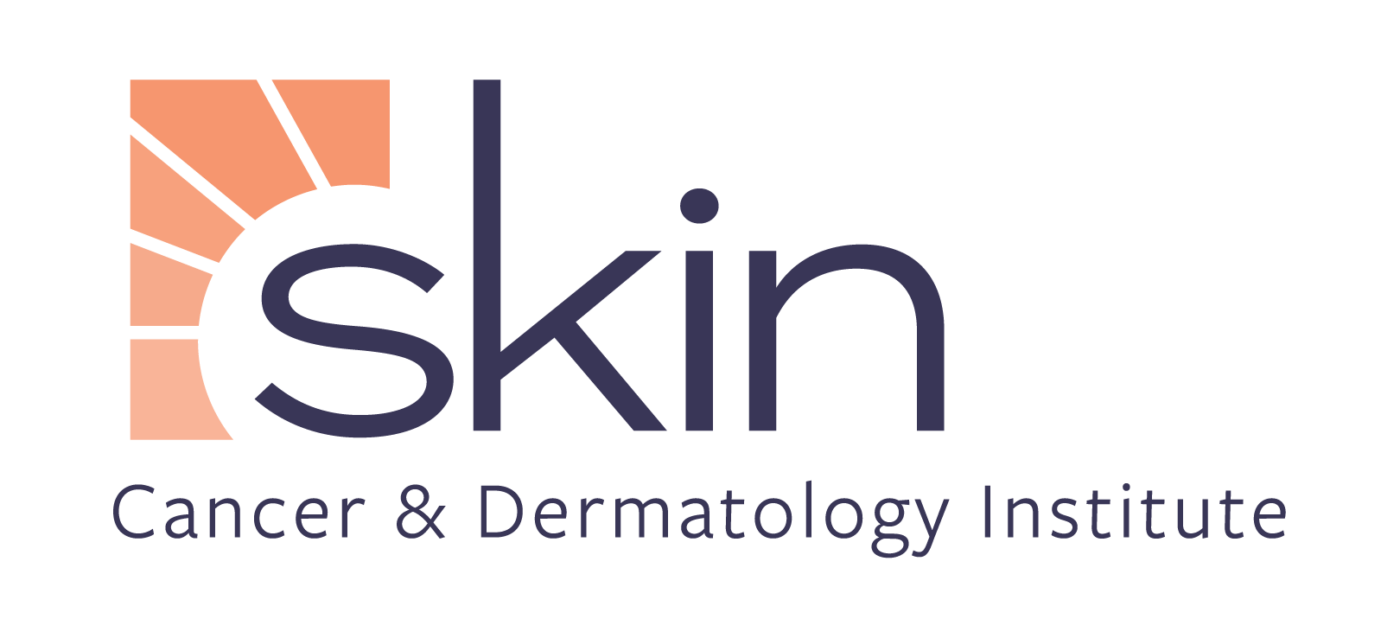Safeguard against skin cancer with guidance from the Skin Cancer & Dermatology Institute
Living in the Reno-Tahoe area, we cherish our time outdoors, reveling in a plethora of activities, dining options, and concerts. However, amid these outdoor pursuits lies a serious concern: skin cancer, the most prevalent form of cancer in the United States. The American Academy of Dermatology estimates that one in five Americans will develop skin cancer in their lifetimes. By applying sunscreen, you create a protective barrier that acts as a shield against these harmful rays by either absorbing or reflecting the UV radiation.
To delve deeper into the topic, we consulted board-certified dermatologists at the Skin Cancer & Dermatology Institute in Reno. Here are their insights into the preventive power of sunscreen:
Understanding UV Radiation and Its Effects
Ultraviolet (UV) radiation, stemming from the sun and manmade sources such as tanning beds and welding torches, constitutes a form of electromagnetic radiation. Possessing shorter wavelengths and greater energy compared to visible light, UV radiation encompasses two crucial types of light rays: UVA and UVB. UVA maintains consistent strength year round, penetrating deeper skin layers and fostering long-term damage such as wrinkles, pigmentation irregularities, and certain skin cancers.
By contrast, UVB exhibits variable intensities across seasons, peaking between spring and fall. It primarily affects superficial skin layers, contributing significantly to sunburns and the development of most skin cancers. Notably, UV levels hinge on diverse factors outlined by the Environmental Protection Agency (EPA), including altitude, proximity to the equator, time of day and year, and reflective surfaces like snow, sand, and pavement that amplify UV intensity. Cumulatively, UV radiation poses a threat to skin health by inflicting DNA damage within cells, potentially culminating in skin cancer.
How does sunscreen work to decrease the risk of skin cancer? What criteria should we consider when selecting a sunscreen?
Sunscreens act as a barrier against UV radiation. There are two types of sunscreens that have been tested as safe and effective:
1. Organic or chemical sunscreens use organic molecules to absorb UV radiation and transform it into heat. There are currently 10 organic sunscreen ingredients.
2. Inorganic or physical sunscreens use minerals to reflect UV radiation, thus preventing it from being absorbed by the skin. Two ingredients are used in inorganic sunscreen: zinc oxide and titanium oxide.
The key criteria to consider when selecting a sunscreen is an SPF (Sun Protection Factor) of 30 or higher, water resistance for activities such as swimming, and broad-spectrum protection, which has been FDA-tested and proven against both UVA and UVB rays. Go with a sunscreen that you like and will use daily!
The Significance of SPF
SPF indicates the level of protection a sunscreen offers against UVB rays versus none at all. For example, SPF 30 means it would take 30 times longer to burn skin as compared to not using sunscreen at all. This underscores the importance of choosing sunscreens with adequate SPFs for prolonged outdoor activities.
Additional Benefits of Sunscreen
Apart from reducing the risk of skin cancer, sunscreen also helps prevent other skin issues; these include squamous cell carcinoma, with a 40 percent decrease in risk, and melanoma, with a 50 percent decrease, according to the Skin Cancer Foundation. Sunscreen also protects against premature aging signs such as wrinkles, sunspots, other hyperpigmentation issues, and flare-ups in individuals with such conditions as eczema or rosacea.
What other factors increase your risk for skin cancer?
Several factors increase the risk of developing skin cancer, including:
- Skin type, specifically lighter-toned skin, and red or blonde hair
- Having several moles
- Genetics, such as a family history of melanoma skin cancer
- Having previously been diagnosed with skin cancer
- Using tanning beds
How should we apply sunscreen and how often?
Proper sunscreen application involves applying it 15 to 30 minutes before sun exposure and reapplying every couple of hours, especially if swimming or sweating. Many people underestimate the amount of sunscreen needed to adequately protect their skin, so using the equivalent of a shot glass for exposed areas is recommended. Areas commonly overlooked for protection, such as ears, neck, and nose, should not be neglected.
What additional measures can we take to shield ourselves from UV radiation?
In addition to sunscreen, wearing protective clothing (UPF), seeking shade, and avoiding peak sun hours can further minimize UV radiation exposure. Accessories like wide-brimmed hats provide added protection for the head and ears.
Sunscreen plays a pivotal role in safeguarding against skin cancer and other UV-related issues. By understanding its importance and following proper application techniques, individuals can enjoy outdoor activities while minimizing their risk of skin damage.
For questions about sunscreens or to schedule your annual full skin exam, you can book an appointment at one of five Skin Cancer & Dermatology Institute’s Reno-area locations at SkinCancerDerm.com or call 775-324-0699.
Your greater Reno-Tahoe area dermatology experts combine market-leading skin and patient care with the most advanced technology and lasers. We specialize in medical and cosmetic dermatology, as well as Mohs micrographic surgery. With 11 locations serving the region including five locations in Reno, and others in Carson City, Elko, Fallon, Reno, and Incline Village.
Originally published “Harnessing the Protective Power of Sunscreen”, edible Reno-Tahoe


